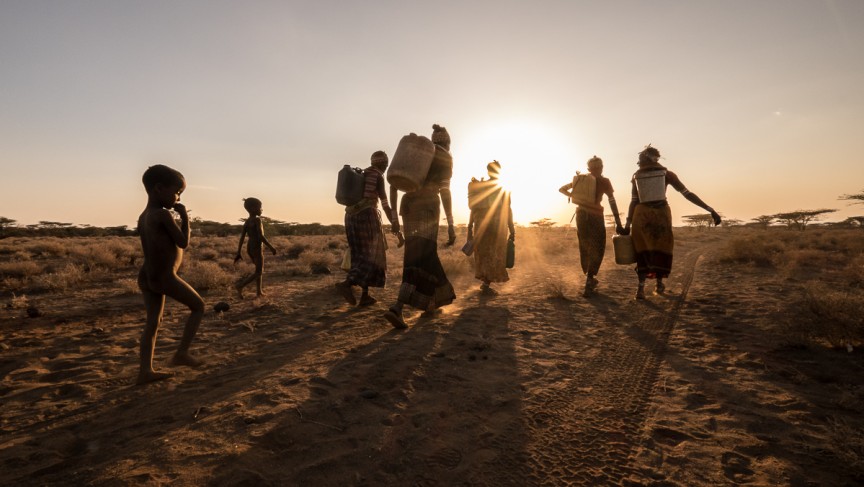The third in a series of questions I encourage students to ask themselves, and frankly, they’re questions I still ask myself – is this one: does my work tell a story?
Of course there’s a question that needs to be asked before any other: is story the best tool for the job? Not every photograph has to tell a story. Story is powerful but it’s not the only way of connecting. Some photographs are better poems, some are more like a song. Abstracts and impressionism, for example, can be more poetic than literal and just as powerful, if not more so. But story has been around a long, long time. But if the answer is yes, then two more questions come to mind: does my photograph tell a story? And, does it tell the most powerful story it can?
I often find myself telling students I feel like one or another of their images is incomplete – that it feels like they’ve created a great stage on which there are no characters, or that it feels like the characters are on the stage but there’s no action. I won’t go through the elements of story here again because I did that recently in this article, Tell Stronger Stories. But I do want to encourage you to consider that some of the best photographs of this century and the last, the most enduring ones, the ones that we now call iconic, contain strong elements of story and if you’re looking for a great next step, you could do much worse than beginning to tell stories with your work.
Stories can be implied in one great photograph, or told more fully over several. The point isn’t that we tell stories, per se – that’s the means, not the end – so much as it is that our photographs connect with others. My last article (Your Next Step: Vital Work) suggested we ask ourselves if our work is vital, or alive. Story can help us do that. It can connect us with memories, emotion, or mystery. It can put us, through empathy, into the shoes of another, to feel or anticipate their emotions, to experience those emotions as though they were our own. Take a look at some of your favourite work, especially the work of reportage or documentary photographers – there will be strong elements of story there. See the work of Robert Doisneau, or Don McCullin, or Elliott Erwitt (doesn’t get much better than Erwitt for one-frame stories) for further study, and be sure to check out the article I mentioned: Tell Stronger Stories.
On a bigger scale, while we’re at it, perhaps it’s a good time to ask if your photographs, as a collection of works, tell – or speak to – a larger story. Are you talking about more universal things in your images – major themes we can all identify and resonate with? Missing that chance to talk about the truly important stuff in your work – like family, love, compassion, peacemaking, environmental issues, racial conflict, gender inequalities – is missing a chance to connect on a deeper level and to make a difference in our perceptions about those issues or stories.
Share this Post, Tell the World.


Comments
Pingback: Your Next Step: Narrative Work – news.iNthacity
“The universe is made of stories, not of atoms.”
― Muriel Rukeyser
Have always loved this quote, and feel it well defines “human” existence, and relates to your post, for a good story captures most of us. I find in a photograph, as in a painting, some stories can be told in a minimalist way, others are more complex and you can find more and more the longer you ponder it.